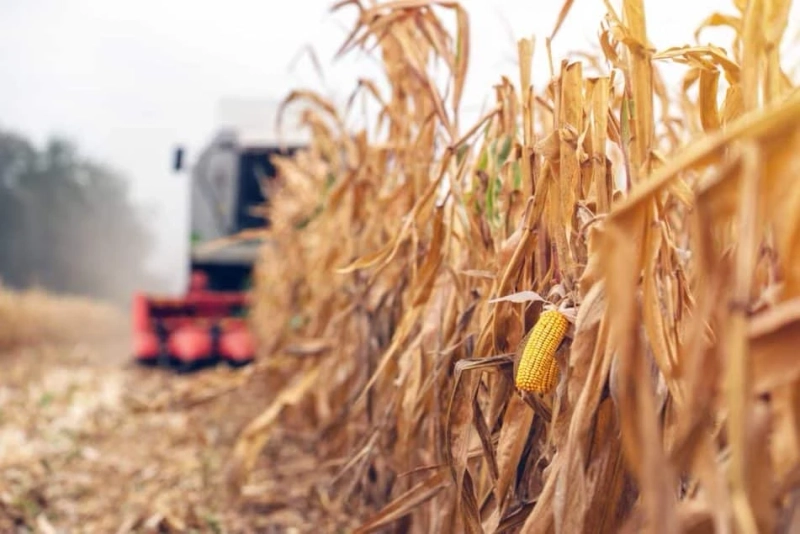Threshing is a key step in getting our grains ready for use. It’s all about separating the edible part of the crop—the grain—from the inedible parts like the husks and straw. This article will explain what threshing is, why it\'s important, and some of the challenges it brings, especially here in the United States.
What is Threshing?
Threshing, sometimes spelled thrashing, is the process of separating grains from their husks and straw. This step is essential for crops like wheat, barley, oats, and rice. Once the grain is threshed, it’s ready for further processing and eventually, for consumption.
The Threshing Process
Threshing can be done manually or with machines:
Manual Threshing: Traditional methods include beating the harvested crop against a hard surface or using tools like flails. While this method is labor-intensive and takes a lot of time, it’s still used in some smaller farms.
Mechanical Threshing: Most modern farms use mechanical threshers. These machines quickly and efficiently separate the grain from the chaff and straw. Often, these threshers are part of a combine harvester, which means they can reap, thresh, and clean the grain all in one go.
Steps Involved in Mechanical Threshing
Feeding: The harvested crop is fed into the thresher.
Separation: The thresher uses a mix of beating, rubbing, and shaking actions to separate the grains from the stalks.
Cleaning: The grain then passes through sieves and fans that remove the chaff and other debris, leaving clean grain.
Benefits of Mechanical Threshing
Efficiency: Mechanical threshers can process large amounts of crops quickly, saving both time and labor.
Improved Yield: They minimize grain loss, which means farmers get more out of their harvest.
Labor Savings: These machines reduce the need for manual labor, which is especially helpful for larger farms.
Consistency: Mechanical threshers provide uniform quality of threshed grain.
Challenges of Threshing
Even with its benefits, threshing can be challenging:
Initial Costs: Buying and maintaining mechanical threshers can be expensive, which can be a big hurdle for smaller farms.
Energy Consumption: These machines need fuel or electricity to run, which adds to the cost.
Skill Requirement: Operating and maintaining threshers requires technical know-how.
Environmental Impact: Using fuel-powered threshers contributes to carbon emissions, which is a concern for the environment.
Threshing in the USA: Trends and Practices
In the United States, most farms have moved towards mechanization, with combine harvesters being standard. There are some notable trends:
Precision Agriculture: Farmers use data analytics and GPS technology to optimize planting, harvesting, and threshing, making the whole process more efficient.
Sustainable Practices: There’s a growing focus on reducing the environmental impact of farming, including the use of more fuel-efficient or electric threshers.
Government Support: Federal and state programs often provide financial help for farmers to buy modern equipment, including threshers, to boost productivity and sustainability.
Conclusion
Threshing is an essential part of farming that ensures we get clean, high-quality grain. In the U.S., the shift towards mechanized farming and the use of advanced technologies has made threshing more efficient than ever. Despite the challenges, ongoing innovations and government support are helping farmers improve their practices, making threshing not only more efficient but also more sustainable. Understanding these practices and adapting to new trends is key for farmers to stay competitive and meet the growing demands of the agricultural sector.



